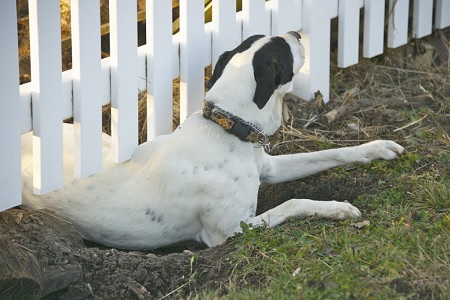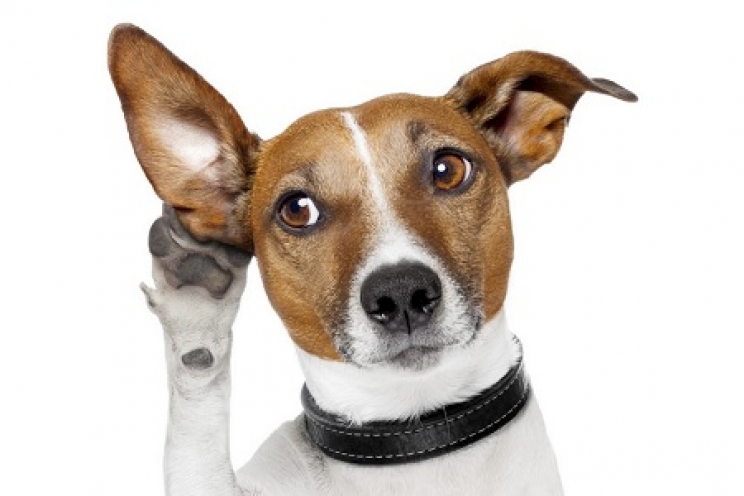The basics of dog education include all those essential commands to ensure optimal safety for us and for our pet. One of these is the come command, which is used by us owners to make the dog returns back home under our command or call, such as "come!". Here are some tips to teach your dog to respond when we call him.
The call from the owner is a fundamental signal for the dog, which very often tends to run away from home. In these cases, the provident owner who has already taught his dog to respond will be able to avoid numerous risks on the road.
If, on the other hand, you have not "gifted" your friend with this command, in most cases you will begin to run after your pet, who will only increase the speed to gain freedom. In fact, most dogs react to the chase by the owner, running even faster. This is why it is very important to know how to get the dog back home safely.
If the dog walks away, there can be many reasons. To get an idea of the most frequent reasons that lead the dog to run away from home or to move away from us, read the specific article, which will also explain in detail how to solve the problem.
In any case, one of the most frequent situations is linked to the dog being released in the dog area or in the open countryside, without having in any way the opportunity to interact with the owner (who is more keen in other things such as talking with friends or staying on the mobile phone). So what happens if you only talk to the dog when it's time to go home? Considering that, dogs are highly intelligent; they will understand this and refuse to respond to your call because they want to play longer.
The goal of this command, on the other hand, is to teach him to run towards us, regardless of whatever activity he is doing. Here's how to do it.
How to teach him to respond
For the first few times, it is advisable to get close enough to the dog, possibly without any particular distractions in the surroundings that could distract our friend's attention. Of course, in order to entice the dog to get close to us, we must make ourselves as “palatable” as possible. We equip our pockets with tasty morsels, show off a cheerful and convincing tone of voice, lower ourselves as if we wanted to cuddle him or play with him, but above all leave behind bad moods. Which child would gladly approach an angry parent ready to shout at him?

While the dog is free just ahead of us, let's put all these tips into practice, let's get down and call him joyfully by its name or with the command "come!". As soon as he approaches, let's grab him firmly but not abruptly by the harness and give him some treats. We continue by increasing the distance between us and our dog from time to time.
Lets always remember to take him by the harness or collar before rewarding him, because if we did it only when we want him to stop, he would not be able to accept the gesture willingly, associating it with returning home, therefore with something negative.
Once the dog has managed to run towards us several times in a row, we repeat without rewarding him with food treats, but only with cuddles and compliments.
The hardest part is surely using the call in the presence of other stimuli, such as other dogs, food, children playing ball and even fearful situations. To succeed, we will have to have a lot of patience. Compared to other more "immediate" commands, the calling one certainly takes longer, so do not be discouraged if the first attempts are not successful, but try again until they are.










